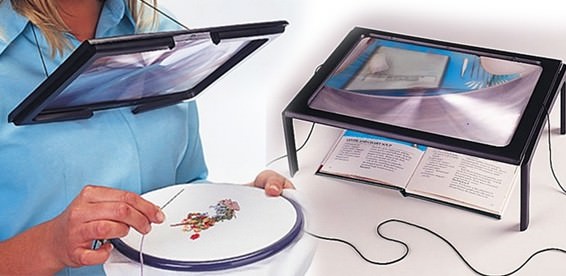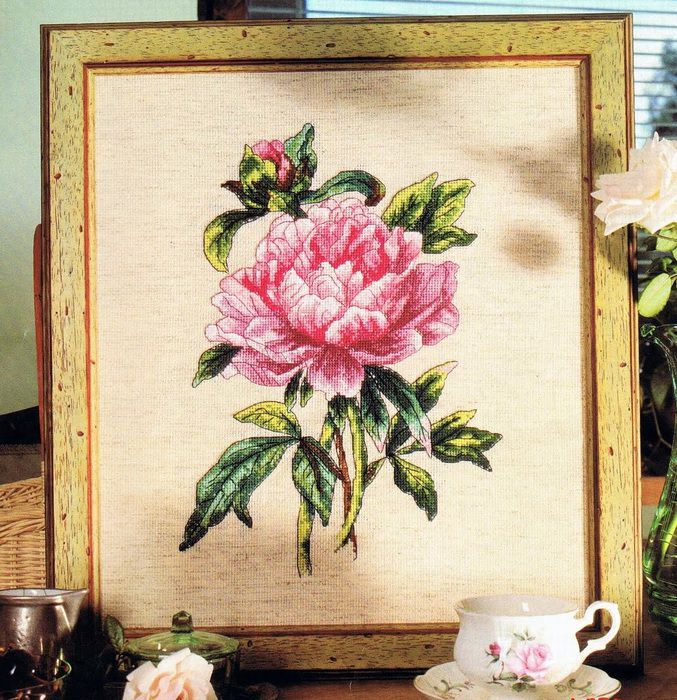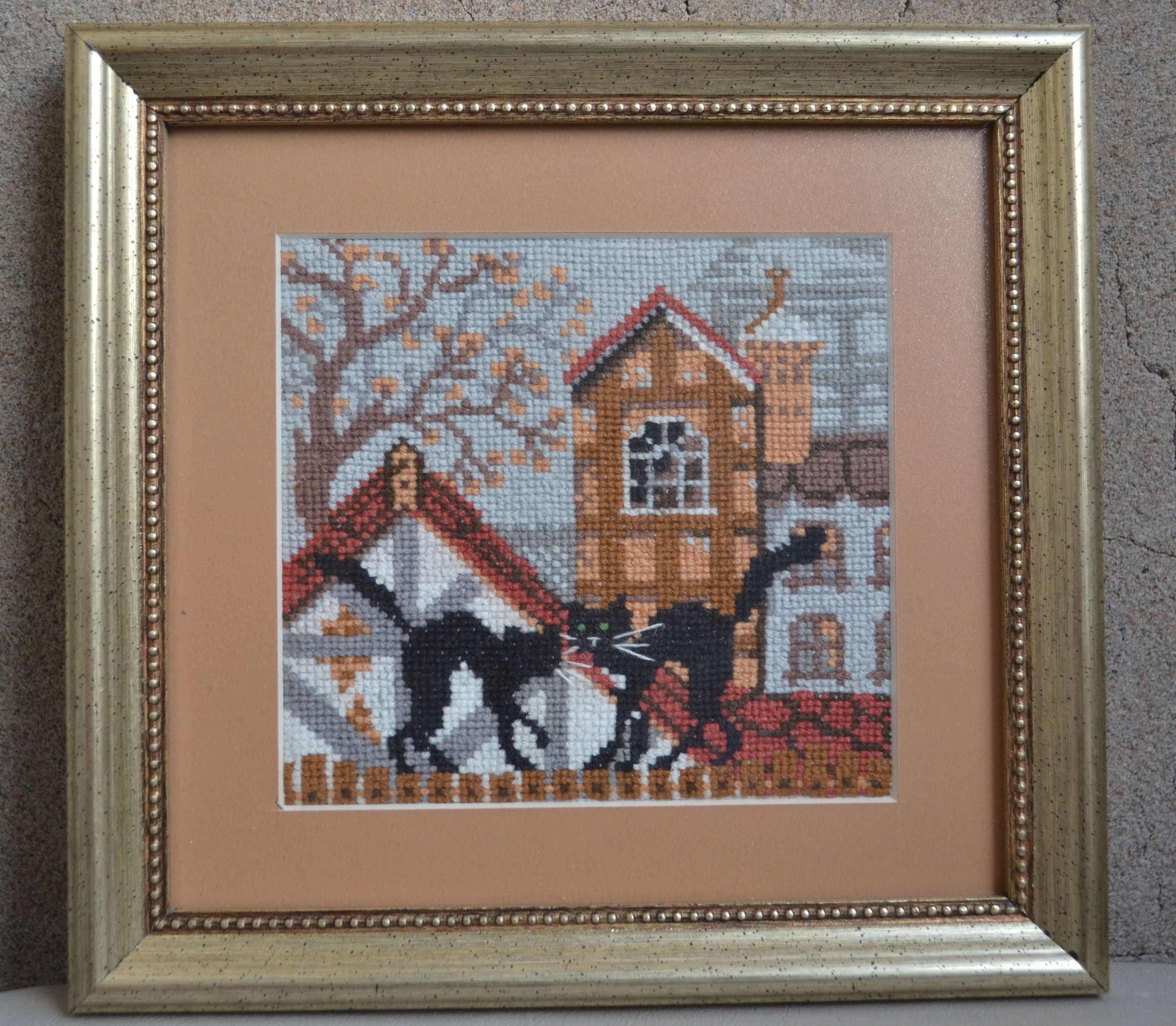
All for embroidery: choose the necessary accessories (photo)
Content
- Essential Materials and Tools
- Optional Accessories
- Workplace for cross stitching
- Video: Accessories for cross-stitch embroidery
It has long been the case that girls and women searched for different ways not only to take their leisure time, but to do everything to make its fruits useful.
The most important in the process of needlework is the selection of all the necessary tools for working on a masterpiece.
Is simple not only in performance, but also in the requirements for the organization of work. The most important thing is that everything that is needed in the work is at hand.
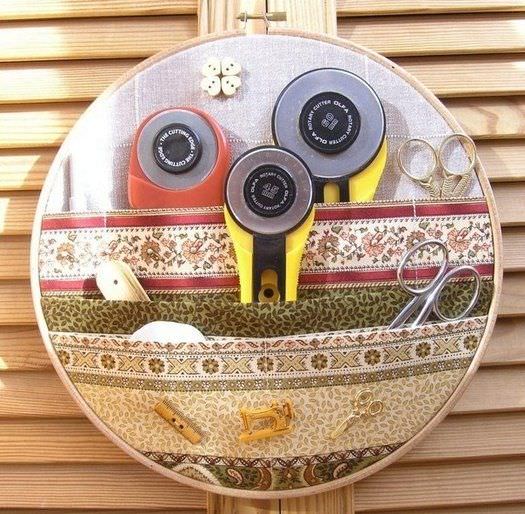

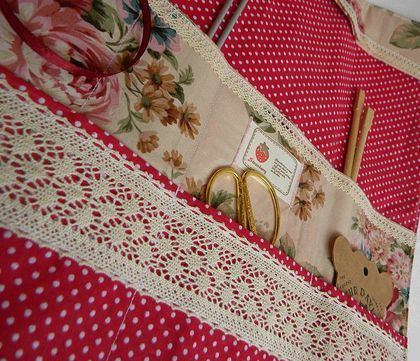
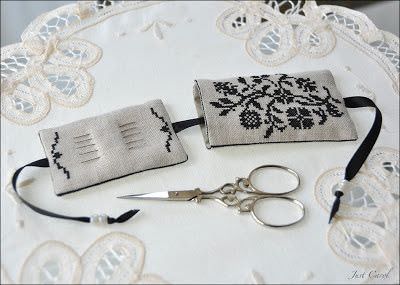

Essential Materials and Tools
Boxes, boxes and organizers 
The choice of organizers, bags and other tools forStorage thread is now very wide. These accessories you will find in the shops for needlework. You will be offered a wide choice: both bones and bobbins for winding a floss; There are special organizers where you can disassemble the threads that you will directly use in your work. There are also road variants.
To store needles, a special box with the already existing bed is suitable.
Scissors It is correct to assume that for embroideryYou need small scissors with a sharp nose, which allow you to cut short enough threads, do not push them at the same time. However, for convenience, it is not superfluous to have in the kit and a large pair of scissors. With their help you will cut the threads, to work on a specific fragment of your picture.
Needles for cross stitching 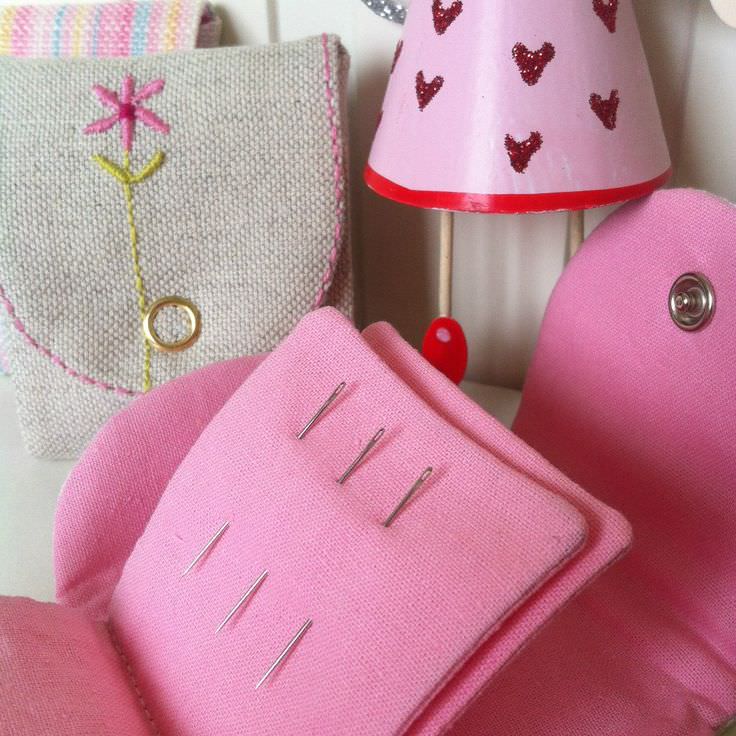
During embroidery, as a rule, useSpecial needles. Their ends are stupid, and the eye is large. Such needles are called tapestry. However, if you do not know their professional name in any store for needlework, you will always be prompted which needles you will need for embroidery.
In your kit there must be several variants of needles, different in diameter. This moment is very important when working with fabrics of different materials.
As a rule, when you start working on a scheme, youYou will see a note which type of needle is best used for work. In cases where this information is not available in the scheme, it is best to perform the work of the middle needle.
There are also two-sided needles. This needle allows you to speed up the embroidery process.
Just need to have in the set and simple needles for sewing different sizes. You will apply them for finishing work.
Example of matching needle number and embroidery canvas:
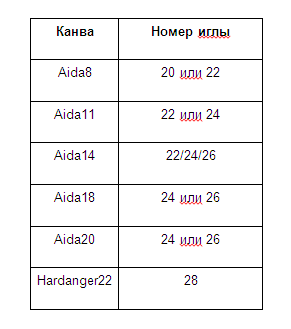
Threads for embroidery with a cross 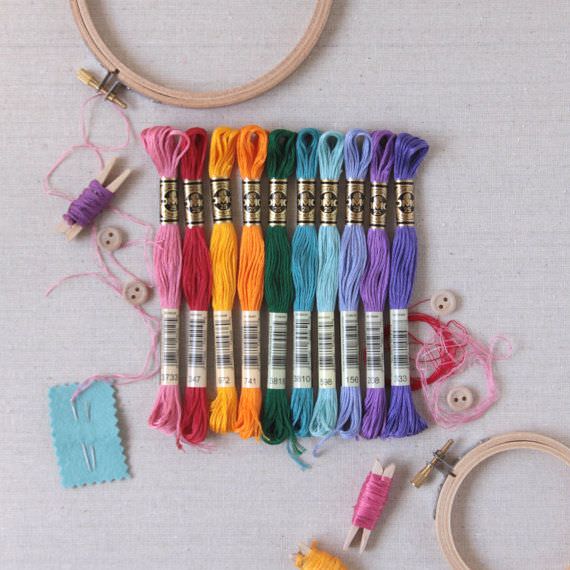
For cross stitching I usually useA cotton thread - a floss. A thread is sold in coils, where six threads are folded into one. The average length of the thread in the skein is 8 m. However, these parameters are different for each manufacturer. The same applies to the color scheme. Each floss manufacturer has its own color palette. Quite recently, metal threads for cross stitching appeared. Suitable as acrylic and fine wool.
Fabric for embroidery with a cross You can embroider,Of course, and on normal fabric, but this option is more suitable for professionals in this matter. The greater number of embroiderers with a cross should be embroidered on the canvas.

The canvas is a special tissue, with already applied cells.
The canvas with a clear thread of interlacing is suitable for counting circuits. If you are a beginner then you will need a canvas already with a pattern applied, which will help to avoid the accuracy with the account.
Flax can also be used as a cross-stitch material.
If you embroider on ordinary fabric, then,So that the picture turned out clearly you need to use a very thin canvas. It is applied over the main fabric, and upon completion of work it is removed, by dissolving one thread.
Embroidery frame In order to make your picture smooth, you should use the embroidery frame without constrictions.

Crochet for embroideryThis accessoryAre available in a wide range, worthy of your choice. Here and the form (rectangular, oval, round) and materials (plastic, wood, metal). The size of the embroidery frame, as a rule, is calculated based on the size of the product. So for especially large pictures made by a cross, it is better to choose a hoop of a larger size, so there will be less jams on the finished product.
There are framing frames, provided for the work with the picture, which fully corresponds to the size of the embroidery frame. At the end of work, only loose ends are cut off.
There are also floor, table and sofaHoop-looms, with their use you will free your hands. The canvas is placed between two rollers, which make it possible to stretch the surface of the product as comfortably as possible. It is convenient to use this type of hoop for large paintings.
When choosing a hoop, be guided by personalFeel. You should be comfortable holding them with the product in hand. Appreciate their weight, convenience and practicality of the castle. Look for the possibility of adjusting the tension of the fabric.
Optional Accessories
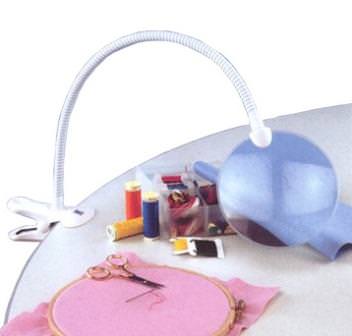
In addition to the basic materials in the work of the embroideressYou need a centimeter or a small ruler to control yourself according to the scheme. For convenience of work with the circuit it is possible to acquire a magnetic board. When you use it, the layout will be arranged so that you can easily track the number of crosses.
Thimble. Since at the end of the work you need to decorate the edges of the embroidery, already with the help of usual sharp needles. It is important that the thimble fit you in size.
Loupe. A magnifying glass will help in working with small patterns for cross stitching, as well as simplify the task associated with small works.
Markers for marking. It is especially important for beginner needlewomen who are just trying to create masterpieces. The marker will help to make the layout of the circuit.
There are several types of markers:
- vanishing. The applied labels with this marker disappear after a couple of days. It is better to use it if you want to select a separate piece of embroidery;
- Washable. Convenient for labels on a color canvas. To remove it from the product, it is sufficient to wash it off with water;
- White marker. Good use for marks on dark fabric. The designations of I from such a marker are washed off either by water or by an iron.
Glue. Another accessory for embroidery is glue. It is usually used to fix a finished picture, made by a cross, on a cardboard. Usual glue, as a rule, leaves dark, ugly spots, because for cross stitch there is a special glue that is transparent in its structure and perfectly tolerates the washing process.

Collector for a floss. A real salvation for the needlewoman. It is with the help of a special collector mulina, you can always keep the threads in order and do not spend much time on their unraveling. They can be made of plastic or paper. They are a special organizer with holes in which threads are placed, sorted by colors. Similar designs are often found in ready-made cross stitch kits. It is possible to make a collector for the mulina and yourself. To do this, you need to make holes in the cardboard and distribute the threads. For convenience, the strings are signed according to the numbers according to the scheme.
Workplace for cross stitching

When embroidering a cross is very importantTo organize the place of their work. So the workplace of the embroiderer should be landscaped in such a way that the maximum of daylight falls there. It is important that the light falls evenly, illuminating the future embroidery.
Accessories such as scissors are best placed withRight side. Draw a diagram with the picture directly in front of you. If your workplace does not presuppose the presence of a table, then you should get a pillow. The cushion will allow you not to bend very low over the product and the circuit. Thread, which you will use in work, position on the edge of the table.
Such simple rules will make the embroidery process more comfortable.
Embroider with pleasure!
Video: Accessories for cross-stitch embroidery
